Muddies have a deep abiding love for science fiction and fantasy art. Something from childhood, a book or film, stuck and held fast. I suspect most of us would still only need a compelling, excitement-inducing image to stir our dream state.
For me, it’s the adventure. My work covers a wide range of adventure images, from fictional to historical. I’ve worked for clients like National Geographic and Smithsonian magazines that fairly demand attention to detail, whether loose or tight, to coax people in, to change them from viewer to reader.
The longer I paint, the more I realize that setting any scene incorporates a sense of adventure. You don’t have to be an expert in so many things, just a healthy appreciation for all things human. If you’ve been interested in learning to build great narrative scenes, here’s what I recommend.
Unless you were interested in just getting famous. If so, you can stop reading right here. What follows would be too complicated for you. Grin.
1. A fan of history.
If you aren’t already, become a fan of history. The past is rife with real stories of real people in real adventures. Study them. It’ll give your paintings a sense of realism, not melodrama.
2. Compose multiple figures.
Any ol’ artist can compose with one figure. C’mon. Push yourself to add at least two more figures to whatever you are working on now. For young artists, this likely sounds daunting, but the sooner you are able to design multiple figures in a scene, the faster you’ll learn how to add depth, create visual thrust, and develop strong lighting conditions.
3. Study fabric, costumes, armor.
The line of clothing styles throughout history have led little by little to the clothes we wear today. There are reasons why we have cuffs, collars, sleeves, and the like. Costumes can instantly date a scene and bring the viewer into the story. Learning to create convincing drapery is a necessary skill that affects every narrative painting.
4. Get good at horses.
Specifically: horses. Draw them all the time. Learn their anatomy, their movements, their spirit. History is full of horses. People never tire of these gorgeous animals so don’t expect the future to be without them. They add drama and majesty to any painting. Good horses always impress. Even a cow now and then.
…and ships. Learning ships isn’t bad either.
5. Learn architecture.
The dreaded Perspective. Arg. Listen, I’m still working on this so… just get started. Like oil painting, it’s not rocket science either. When you get it right, it’s a good time. Makes ya wanna try more, do more. For historical painting it is essential. Adventure painting, too. Did you think adventures only take place outside?
6. Appreciate furniture and armament.
Another problem like perspective. Think of furniture as small, perspective problems and you’ll be fine. Develop a sense for furniture like you would for fashion. Styles and designs shift through the ages and you should know your Windsor from your Wingback.
Likewise, know your samurai sword from your saber.
7. Study cinema.
How fun is that? Besides the fact that there are loads of historical films, I study cinema for its use of camera position and compositions. Filmmakers have all been influenced by the great painters that came before them, just like you. Only these guys use a lens. All cinematic scene techniques have come from a solid understanding of painting composition. Study how they’ve expanded on these basics. They have to pack a lot into very little time and space, just like you.
Hey…I just gave you an excuse to go to the movies. “Sorry, hon…I’m working.”
8. Love landscape.
You can’t just stick a mountain in every background. Or a tree in the foreground. Deserts and seascapes are landscapes, too. Develop an eye for the beauty in every landscape and nothing will be ugly. There are no bland landscapes. Only your ability to judge them so. Paint killer landscapes and no one will look away. What…you thought all adventures took place in castles?
9. Know atmospheric affects.
A sense of atmosphere is always preferable. I study Ridley Scott films. He came from a background of advertising where he built scenes imbued with as much rich information as possible. His scenes are filled with a sense of movement from the atmosphere…wind, rain, dust, snow, flags, paper, smoke, etc. Also, understanding these effects over distance is great for building atmosphere in landscapes. Use it. The pictures in your head can always be enhanced.
10. Study the Golden Age illustrators.
To get good at adventure painting, study adventure painters. Learn the differences. Filmmakers from a hundred years ago were constantly exposed to paintings in magazines, long before television. Filmmakers took compositions from many of my favorites. Schaeffer, Tepper, Cornwell, Wyeth, Pyle, Content, Dunn, Von Schmidt, on and on. As compositions got better, so did film shots, back and forth, influencing each other.



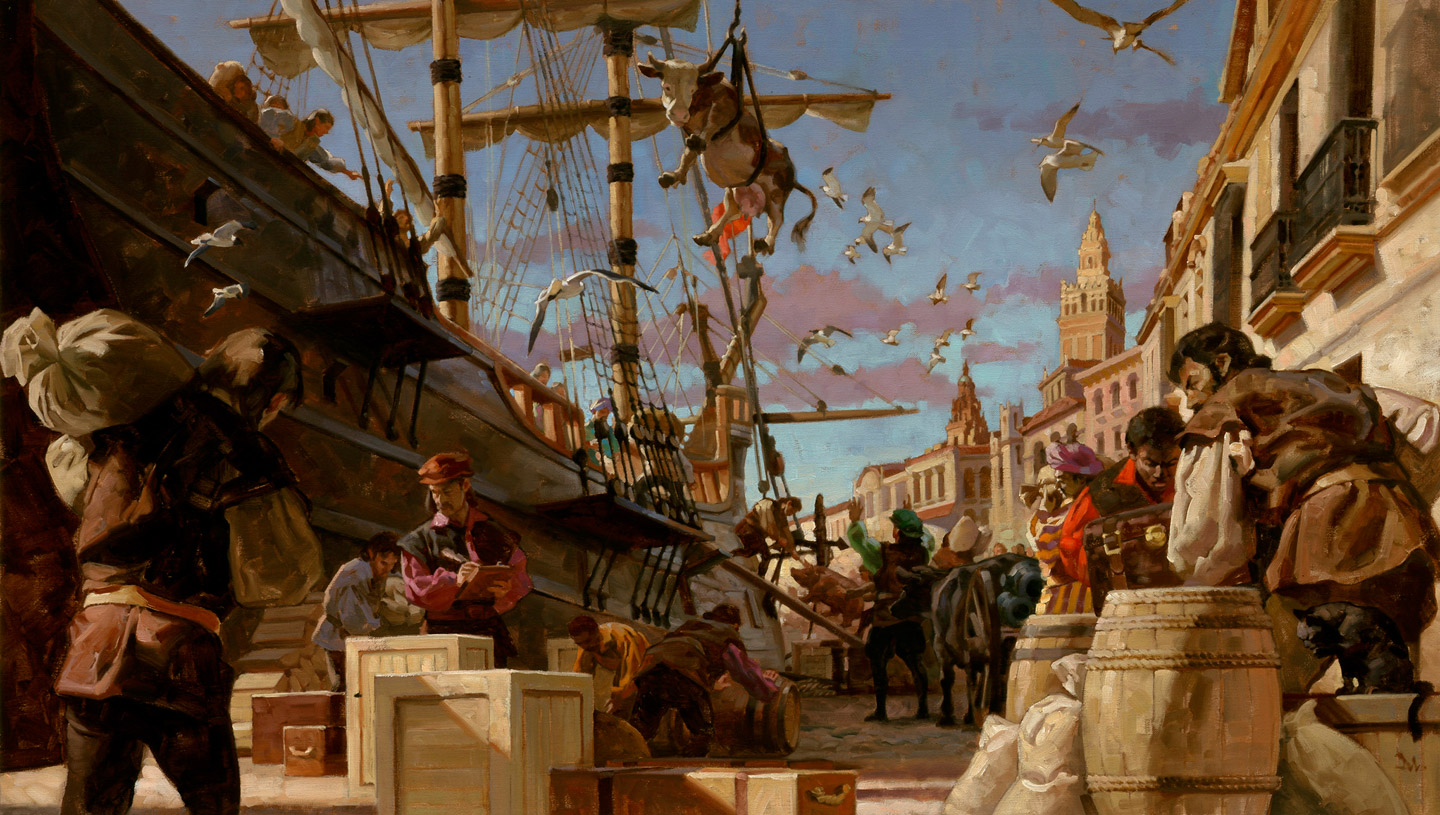
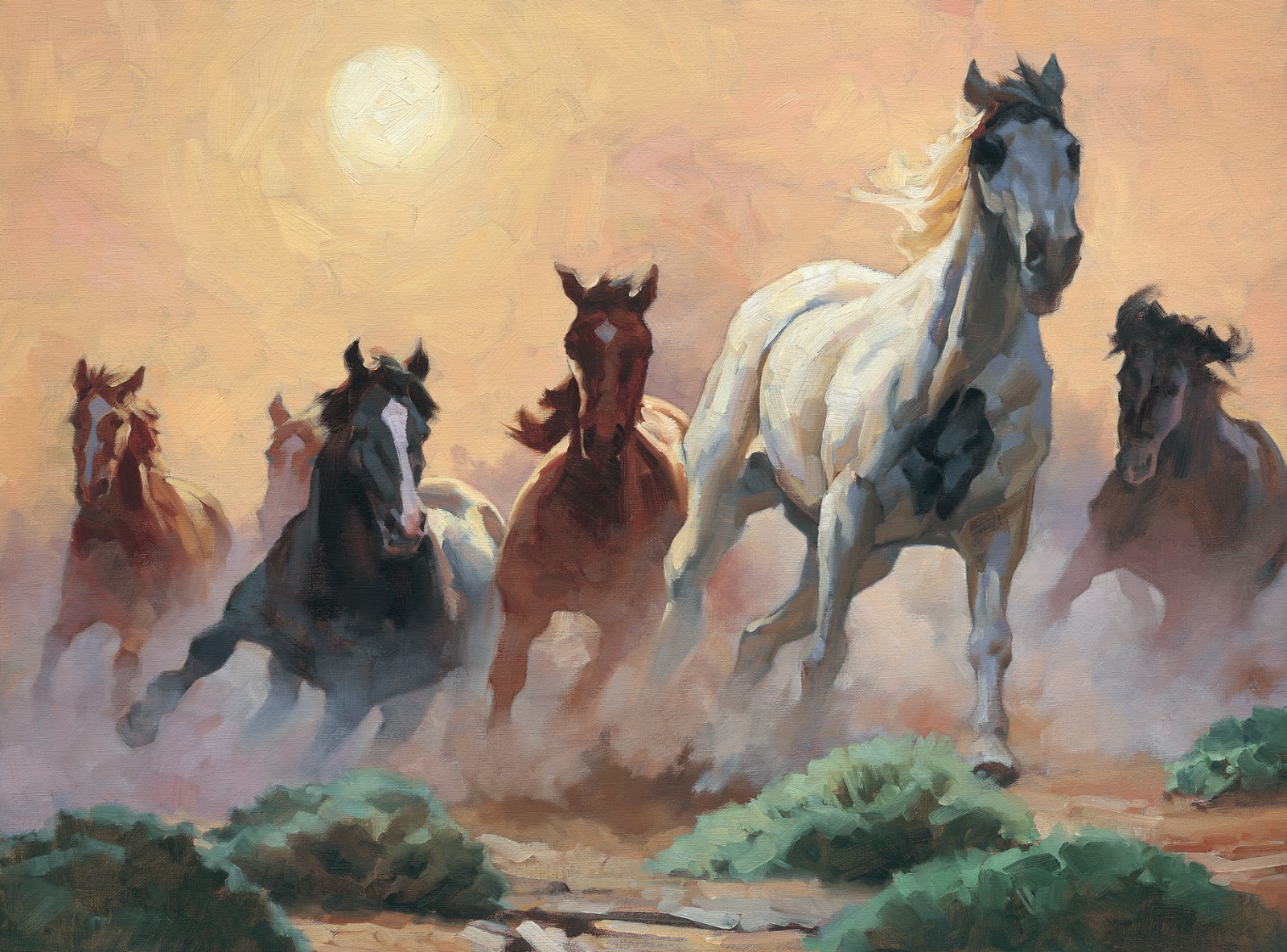
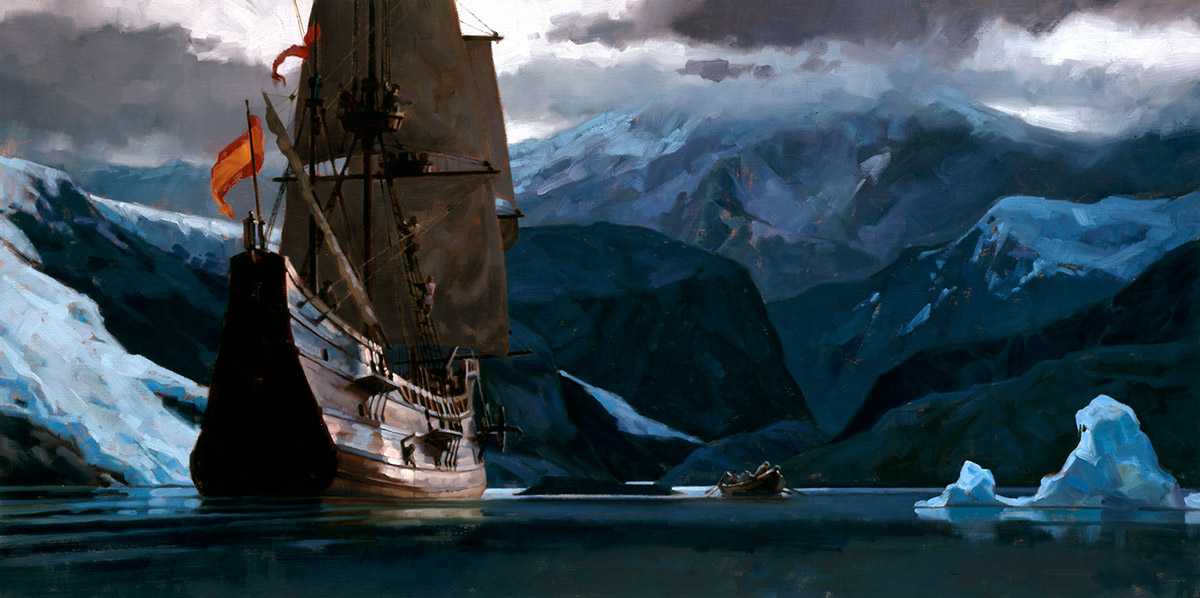
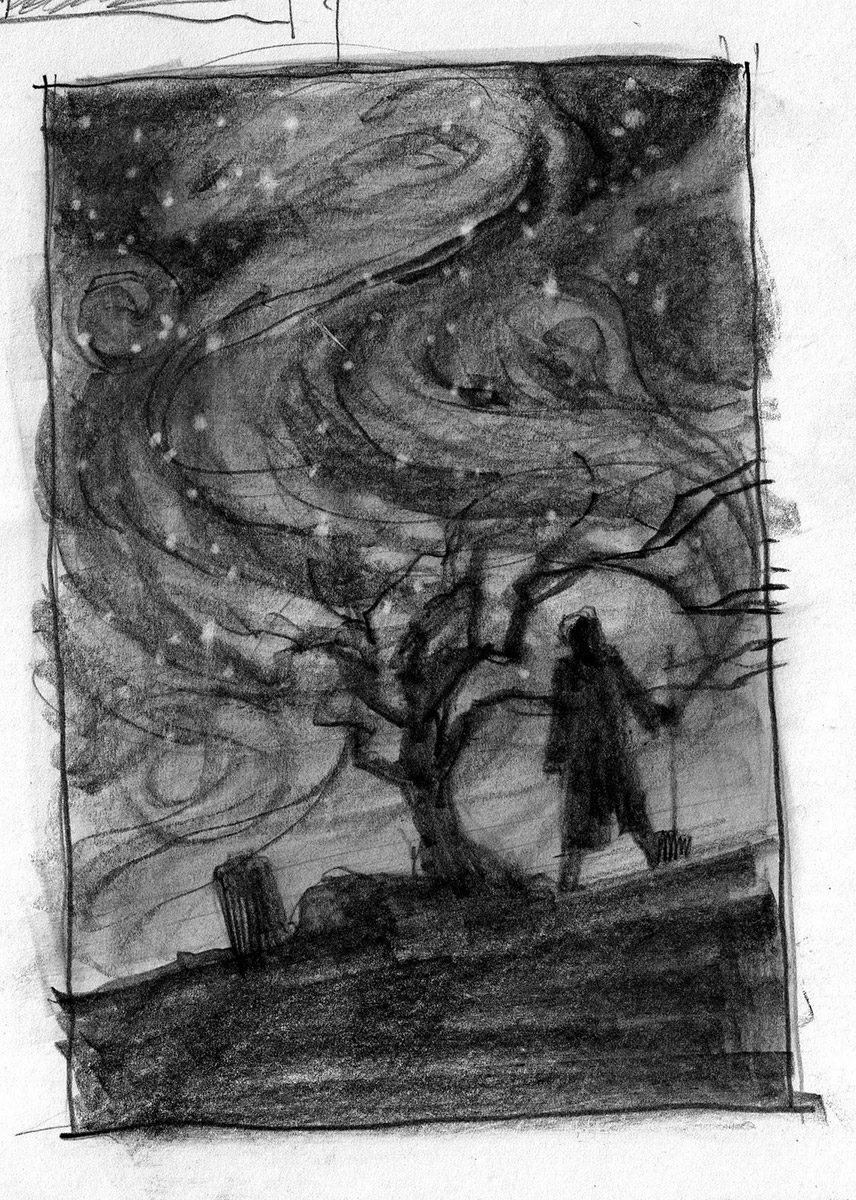
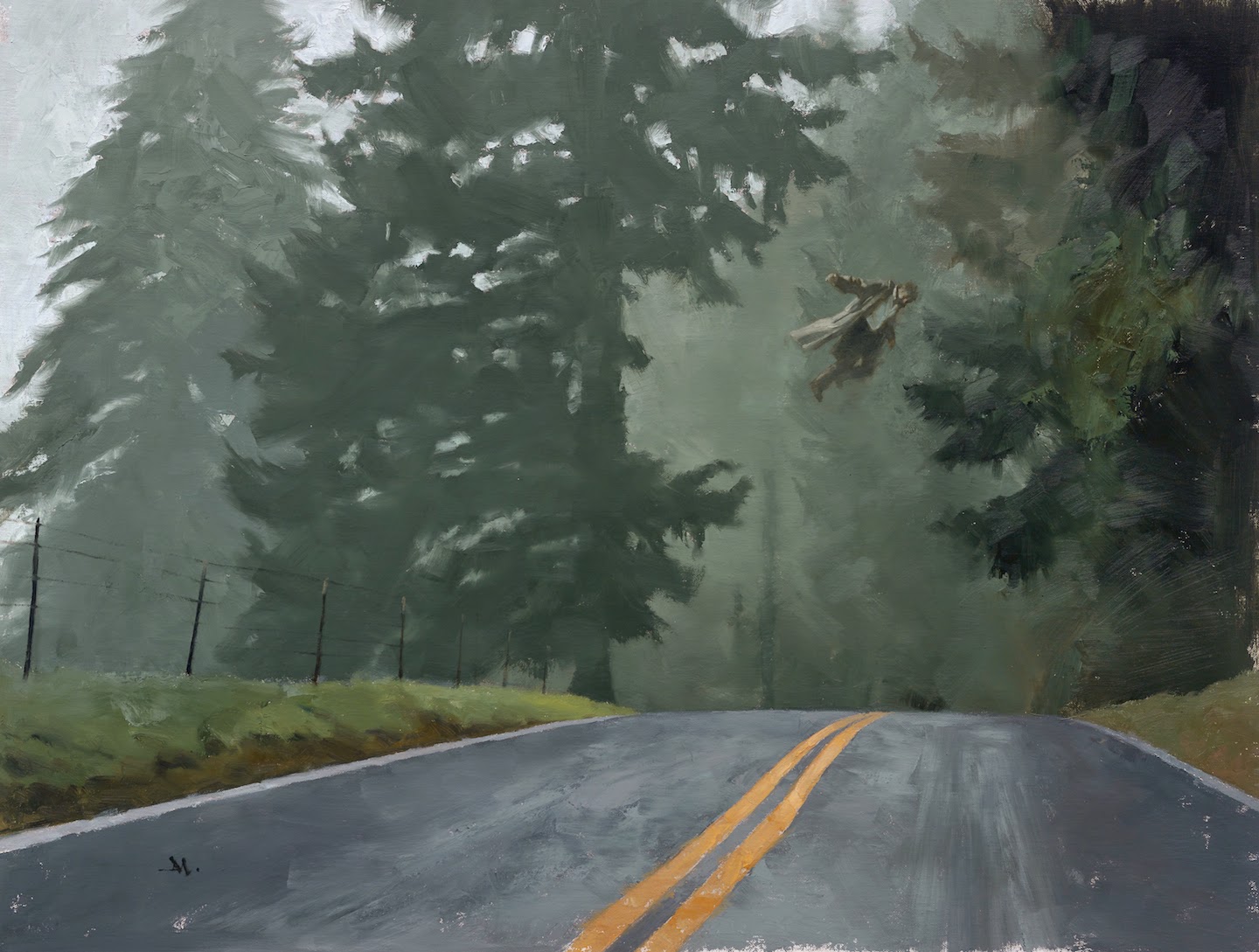
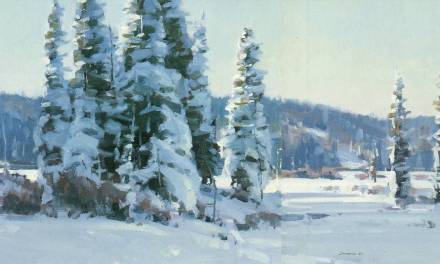
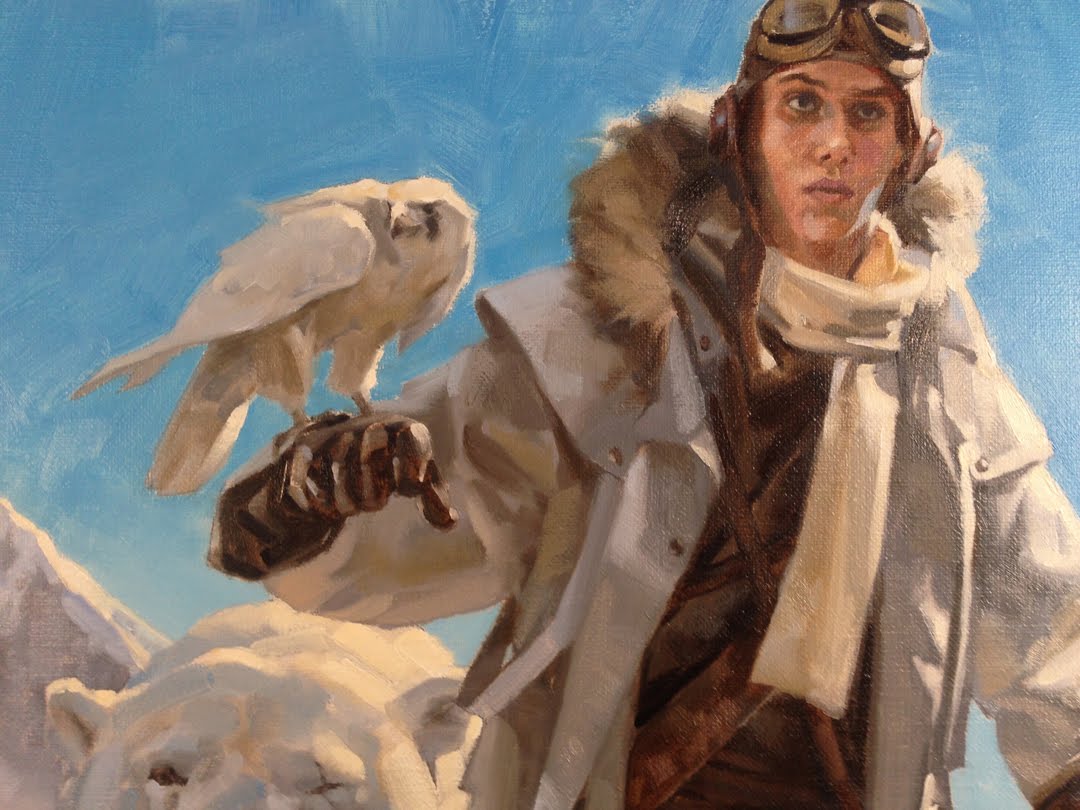
bammm, another killer post. Thank you Greg!
Great article and beautiful artwork Greg!
Just out of curiosity, did you use Anderson Silva as reference for the character in the bottom right of the first painting?
Hi Greg,
I`m a bit curious as what kind of books have pictorial information on what kind of clothing people in the past wore, especially historically accurate clothing?
I try to find these information online, but I usually end up with very generic medieval peasant clothing or end up with some made up fantasy clothing.
Max
Love this Greg! Straight forward and practical practices for development like always. Thanks!!!
– Anthony Di Giovanni
These 10 Things are why I hoard books, book clippings, magazine clippings, and magazines until my bookshelves start to sag and my accordion files burst.
Thank you, Greg!
Latest Stocks and Shares Rates, Exchange Rates of International Market News Updates, Brokers Directory, National News, Stock Markets, TopNews Arab Emirates, Dollar Exchange Rates, Current Exchange and More Forex Business Update News.
latestfxmarket.com
Thanks for a really nice post again Greg, I do appreciate the generous and giving attitude you Muddies exhibit!
I was going to ask about perspective until I came to number 5. As someone who'd like to someday be able to pull off complex multiple figure compositions there's no way around it. Like you said, better just get started. And now that I think about it, that piece of advice applies to painting in general. It's not easy and you're never going to be ready so better just start and try and go as far as possible…
Ok, I stopped before #1, only kidding. Great post (again), I'm a huge fan of you top ten lists. Thanks for taking the time and effort to put these together.
Makes me wish I taught so that I could get out of planning a lesson by reading this instead.
This oat was amazing and motivating, thank you so much! 🙂
Post* (oh auto correct…)
id like to know this as well!
great post, Greg, thank you.
This came at just the right time, Greg. Thanks!
What PM said. I've been stuck in single-figure composition land for too long, and wanting deeper practice. Thank you for this, Greg!
Fantastic post- definitely time to kick up figures and perspective up several notches in my work (and has been for a long time). Thanks Greg!
#7 study cinema
..especially The Last Samurai, eh, Greg?? =)
@Max — If you can find the book, new or used, I'd recommend Taschen's Complete Costume History…it is an excellent book to inspire anyone looking for historically accurate clothing. I got my copy at a used bookstore several years ago and know concept artists and illustrators and character designers that also have it in their reference libraries. 🙂
http://www.taschen.com/pages/en/catalogue/classics/all/44938/facts.auguste_racinet_the_complete_costume_history.htm
– Tanja
Thanks, guys! You too can become adventure painters!! (sounds like an ad from the back of a comic book)
Nope…. didn't use Anderson Silva for the figure there, Gabriel.
Max….I just put into Google “fashion 1930″….or even “fashion 1400” and you'll get all kinds of great info.
I hear ya Megan. Me, too.
jp….you nailed it, pal. Ya just gotta start. Once you begin, once you put that effort out there, all manner of things gets going, gets behind you. Learning at first sounds so dang burdensome. But again, it's like that download indicator on your computer. Starts off so large and long, then after a few minutes, comes racing down. You see, the info that we feed into our head builds exponentially and adds info faster and faster the longer we concentrate.
Learning leads to more learning. That's when it gets really fun.
Actually, writing these 10 Things… posts help me to clarify things for me as well. then I hope we all share it. It all builds up across the species I think. Hopefully, the art across the board gets better. It's the 21st century for crying out loud. We should all be AMAZING….learning from those that came before!!!
Right, Tora!! : )
Inside joke, y'all…..I use frames from the movie The Last Samurai to show composition, line, depth, value, etc in my thumbnail workshop with TLC Workshops in Seattle, run by friend and colleague, Tara Chang. A wonderful drawer!
The Men At Arms series from Osprey Publishing is a terrific and informative reference series, and beautifully illustrated into the bargain! I think you can order them through Amazon, but I also find them now and then at bookstores. I always try to pick them up when I do…
To see armor in use find your local SCA (Society for Creative Anachronism) group and find out where the fighters practice. There is armored fighting at every major event too. Each fighter wears their own kit, his (or her) armor has to fit and function for that person and is based on real armor… or not that far off. Many mix culture and time, which is what real period warriors did as well – find, steal, inherit, it was very rare for a fighter to have a full set of armor freshly made and at the same time.
You also will get a chance to see how people move and fight while wearing that gear and how it shifts and flexes. There are also plenty of videos on YouTube.
These are my favourite posts…the Top ten. Always a huge epiphany to me
ah tyvm for the info
Best Beautiful Cars, Latest Hot Vehicles, Strange Cars, Super Cars Model, Funny Cars, Car Latest Models, Cars with Girls, Cars like helicopter and Most Speed and Expensive Cars
WorldLatestVehicles.com
If anyone wants to study composition with groups of figures, I recommend looking at Veronese… Hundreds of paintings packed with people, and every single image is beautifully composed, and every single one is different and interesting.
Actually, the old masters in general are great to look at for group scenes in elaborate settings. But I mention Veronese in particular because he tends to be overlooked in favor of bigger names, which is a pity because he's really good at what he does.
Those guys were never afraid of adding figures, Gwen….good point! When in doubt, they added more!
I study them all the time. Always taking on bigger challenges when possible….
I make sure all of my collection are in perfect condition. I take take them to a moderate temperature room.
Home page
Great stuff as always Greg – inspirational.
Cheap paint turns powdery after a couple of years. Cheap brushes and rollers tend to leave fuzz and bristles on the surface.
website
Here I was wondering about what to do with the next forty years of my life anyway…